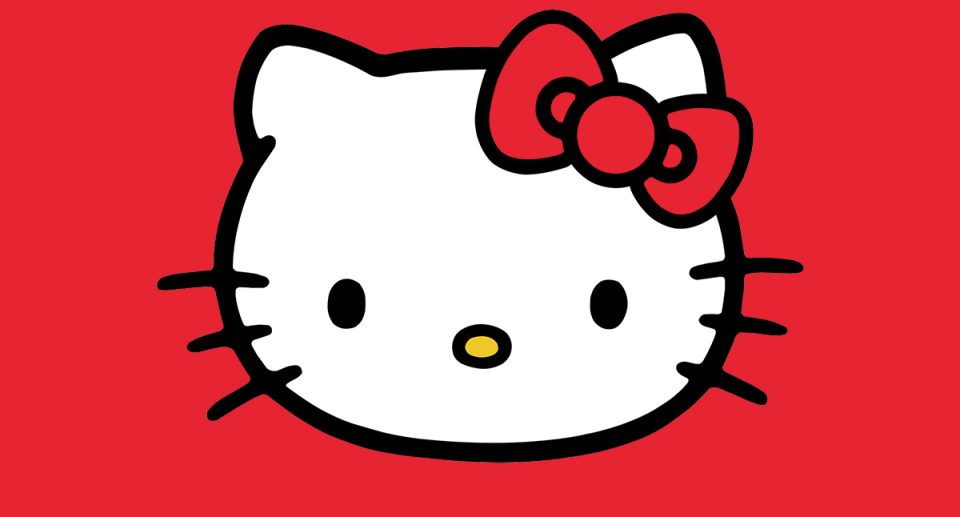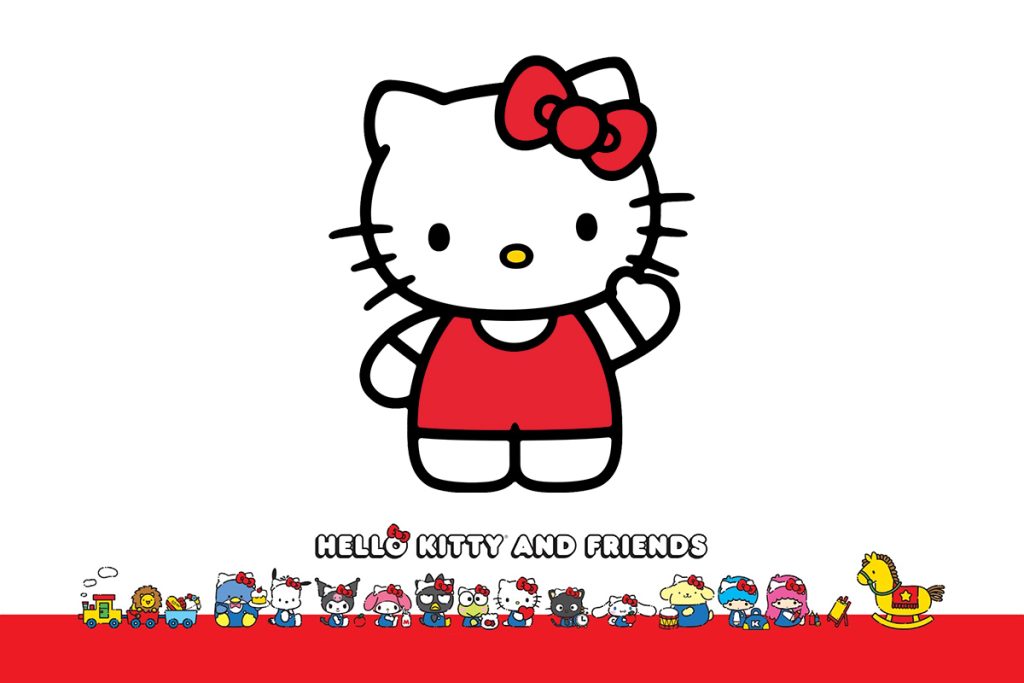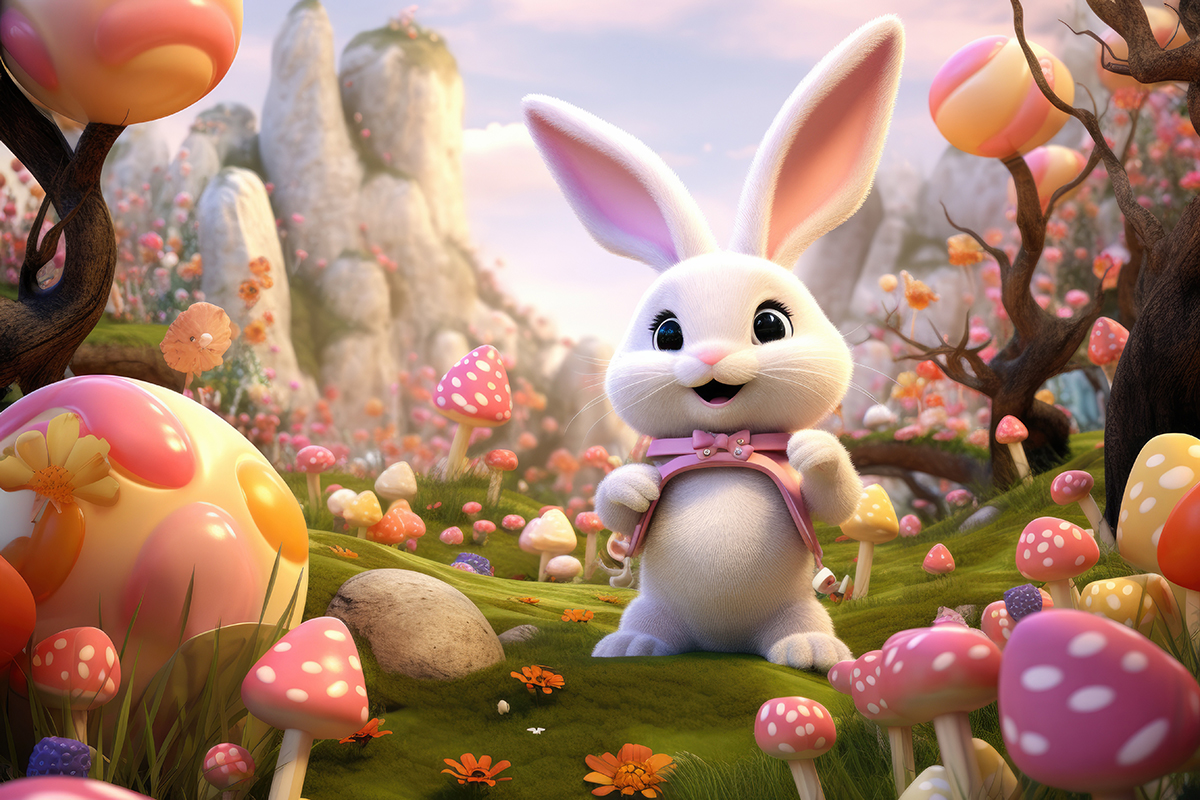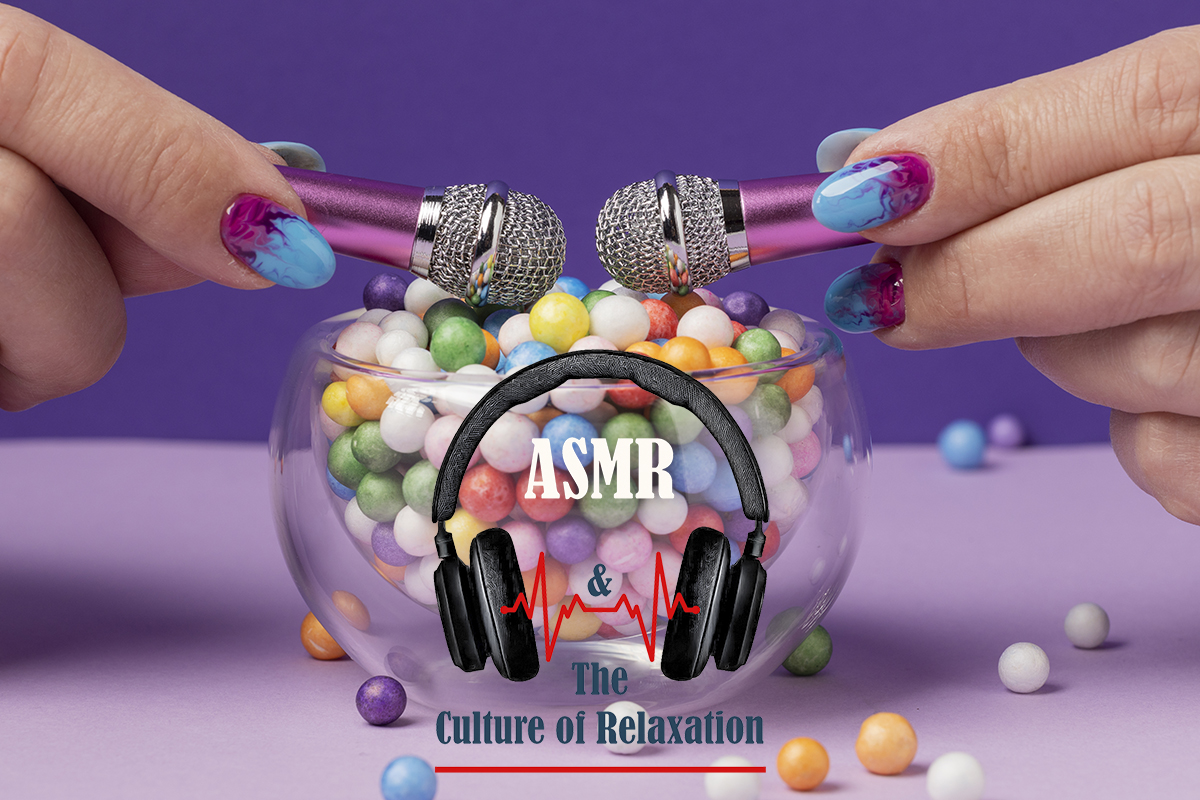The mysterious secret life of Hello Kitty

Name: Hello Kitty
Age: Fifty. Created in 1974 and introduced the following year.
Appearance: Whiskers, pointy ears, very cute.
Nationality: Japanese. Hello Kitty was designed by Yuko Shimizu and introduced as a character by Sanrio, a company known for its focus on kawaii (cute) culture. She first appeared on a coin purse.
The public life of Hello Kitty
Origins: Originally known as the White Kitten Without a Name, Hello Kitty also lacks a mouth, enhancing her kawaii appeal. Despite being Japanese, she was given a British backstory because Britain was fashionable in Japan at the time. Shimizu borrowed the name from Lewis Carroll’s Through the Looking-Glass, in which Alice has a cat named Kitty.
Success: By 2010, Hello Kitty was described by the New York Times as a “global marketing phenomenon,” generating 5 billion dollars annually. She is a tourism ambassador in Japan, a UNICEF children’s ambassador, and has thousands of branded products, films, and theme parks.
Assumptions: Sanrio representatives portray Hello Kitty as a symbol of friendship, designed to foster connections between people globally. There is also speculation that Hello Kitty may have been inspired by Maneki Neko, the traditional Japanese cat figurine.
The secret life of Hello Kitty
Misconceptions: Despite her appearance and name, Sanrio claims Hello Kitty is not a cat. According to Jill Cook, the director of retail business development at Sanrio, “She’s actually a little girl, born and raised in the suburbs of London.” Cook revealed this on the American NBC’s Today show during the brand’s 50th anniversary celebration.
Additional details: Cook mentioned that Hello Kitty lives in a big pink house, enjoys baking cookies, has a boyfriend named Dear Daniel, and has her own pet cat named Charmmy Kitty. This information is supported by a recent toast from King Charles at a state banquet with Emperor Naruhito, where he wished Hello Kitty a happy 50th birthday.
Reactions: So, what was thought to be a cute, welcoming Japanese cat is actually a London girl with a luxurious lifestyle.
Do say: “When you have royal fans and marketing partnerships with renowned fashion brands like Balenciaga, Adidas, Crocs and Samantha Thavasa, certain standards must be maintained.”
Don’t say: “But still no mouth. So, oh my dear… no kisses today!”
The mysterious secret life of Hello Kitty conclusion
From young girls to grown women, the most popular merchandise character in Japan is a little white cat named Kitty, affectionately called Kitty-chan by the Japanese. According to her official biography, Kitty’s birthday is November 1, and she was born in suburban London. She is five apples tall and weighs three apples, as stated on Sanrio’s Japanese-language website.
One secret to Hello Kitty’s enduring popularity is her innocent facial design. Despite her ubiquitous presence, Hello Kitty never intrudes. Her simple, clean face features a pair of round eyes, a tiny nose, and three whiskers on each cheek. Notably, she has no mouth and little facial expression—no laughing, crying, or anger. This expressionless design ensures that she never irritates you, even if you’re in a foul mood.
This playful approach to her physical characteristics helps maintain her charm and accessibility, contributing to her lasting popularity across generations. As a beloved character with a global fanbase, Hello Kitty serves as an ultra friendly and approachable symbol of Japan, promoting the country’s attractions and cultural heritage.
Hello Kitty is the ultimate centerpiece of Kawaii culture in Japan, which emphasizes cuteness and innocence, characterized by childlike, charming qualities and playful elements. By using Hello Kitty as an ambassador, Japan effectively bridges cultural gaps, utilizing her universal charm to reach a broad worldwide audience.




















